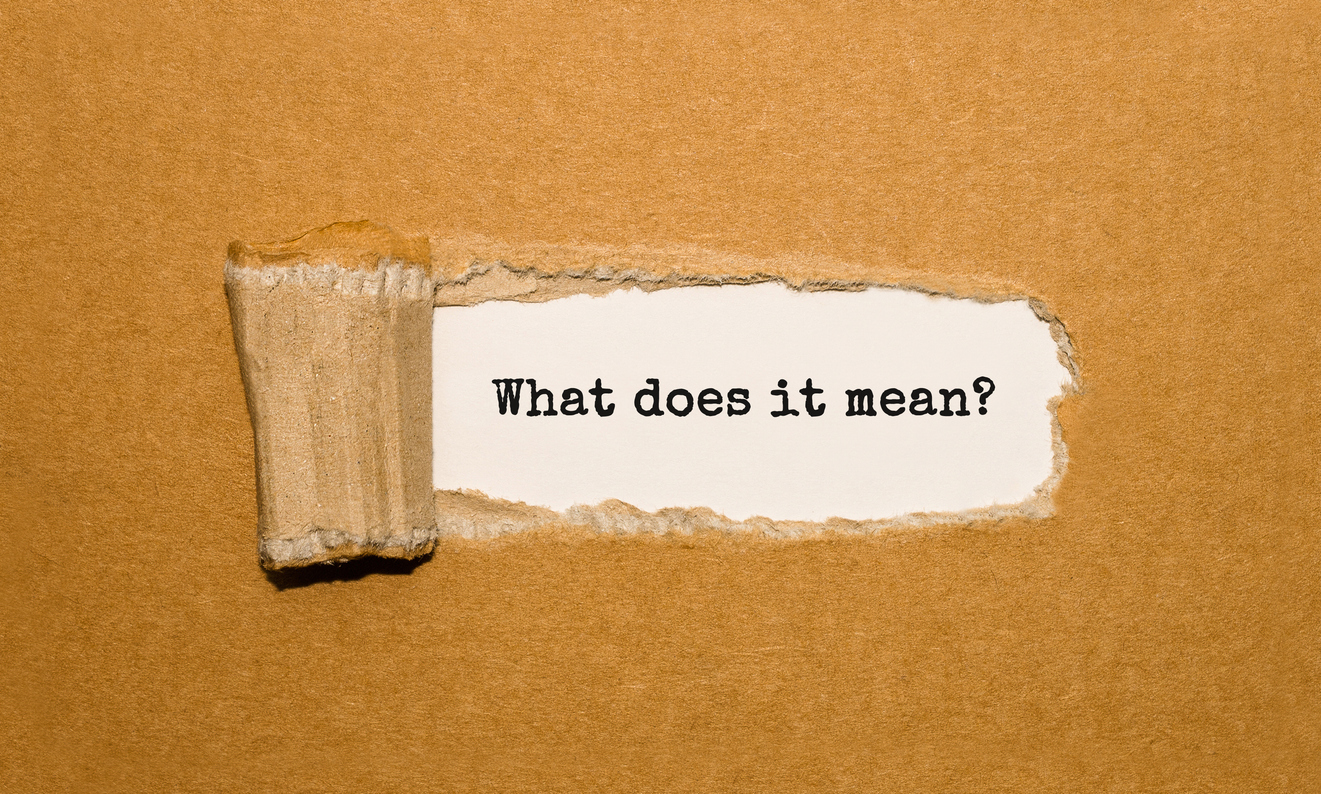(Note: This Guest Blog is by Corey Harris, an attorney with Merlin Law Group in the Tampa, Florida, office. This is part of a series he is writing on post-loss duties).
One question that generally arises after a loss is what repairs should be made and who will be responsible for paying them. Since most policyholders are not well versed in construction or insurance issues, this question is constantly being asked of adjusters and attorneys alike.
As I mentioned last week, policyholders have a duty to take reasonable measures to protect their property from further damage after a loss. These immediate repairs are not usually intended to be a permanent fix, but instead they intended to temporarily protect the property.
Many insurers have guidelines for their policyholders when it comes to mitigating damages. While doing some research into one Florida insurance company I recently came across these “Tips” on its website:
If your property suffered damage from the storm, you should:
- Report your claim immediately by calling our toll-free claims number
- If safe to do so, make temporary repairs as necessary to prevent further damage and protect your property. Consider contacting a water extraction company to dry out your dwelling.
- Take photos of the damage prior to making temporary repairs
- Keep detailed receipts and present them to the adjuster
This checklist highlights a few important things. First, you should always consider your own safety before attempting to make temporary repairs. Running out to tarp a roof in the middle of a hurricane makes absolutely no sense since the tarp would likely blow off again anyway and the chances of injury or even death more worrisome than the possible damages that may occur. It is a little known fact that most reported in the aftermath of a hurricane occur after the storm has passed.
Second, the insurance company has the obligation to fully investigate a loss. By contacting the insurer quickly to report the loss, the insurer’s representatives can move quickly to adjust the loss. Unfortunately sometimes adjusters do not get to the property as soon as the policyholder would like, many times through no fault of their own. Thus documenting the damages and every stage of repairs can be very helpful in moving the claim along more quickly. Policyholders should attempt to take pictures of the damages, as well as the progression of any temporary or permanent repairs which are being made.
In a recent case, one of my clients was denied coverage for a water loss that significantly damaged her home. When counsel got involved, we were able to document everything that had happened in the claim including the actual damage and every step of the repair process. All in all, this diligent policyholder took somewhere around 2000 pictures of her damaged house and in the end it was enough to bring the insurer to the settlement table quickly. In this case, I guess a picture really is worth a thousand words.
Finally, it is important for policyholders to keep detailed receipts of all expenses incurred as a result of the loss. This could include labor or materials purchased to make repairs, receipts for hotel stays if the property is unlivable, restaurant receipts, gas purchases, etc. Every expense should be well documented and presented to the insurer so that you can be reimbursed.
This small guideline provides a good basic summary of some of the immediate post-loss obligations that a homeowner incurs. By following these steps, policyholders can fulfill many of these duties and keep their claim on track for a quicker settlement.



